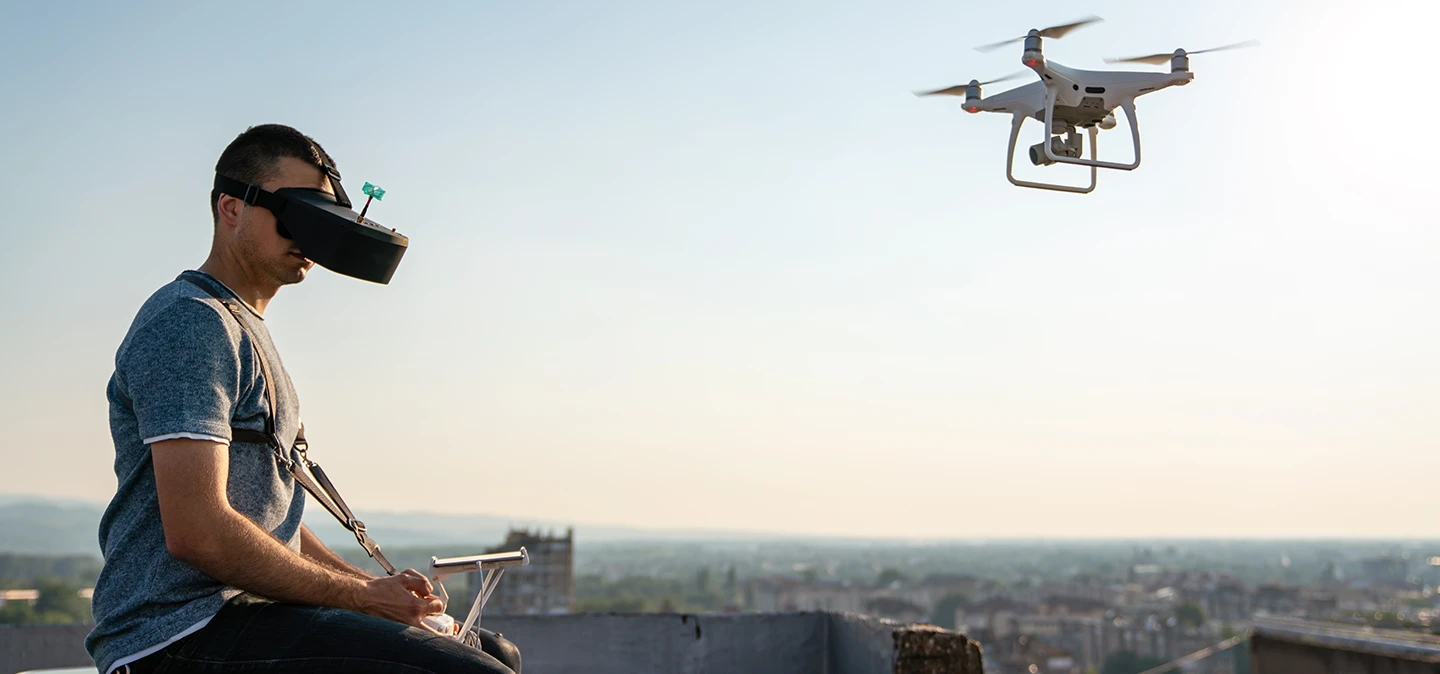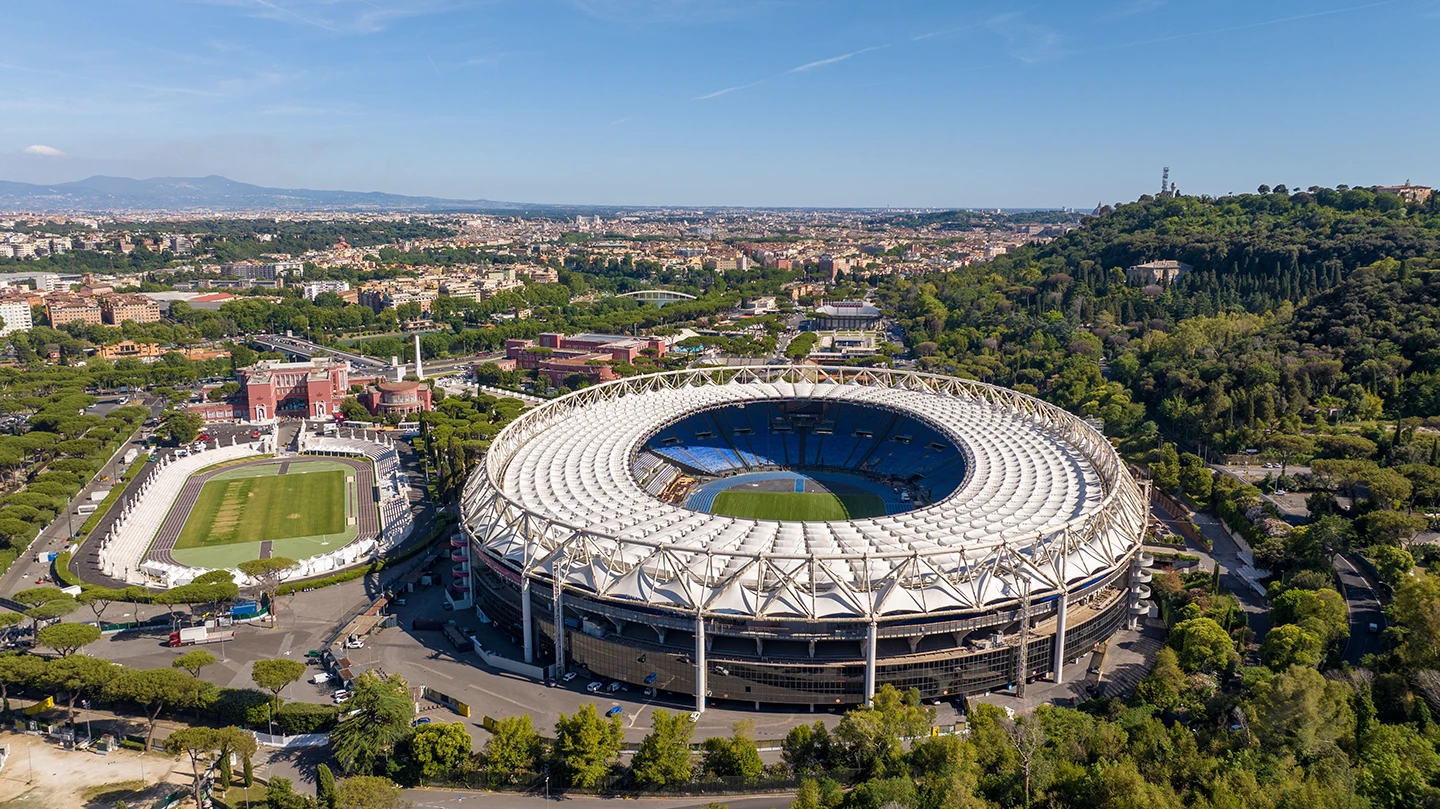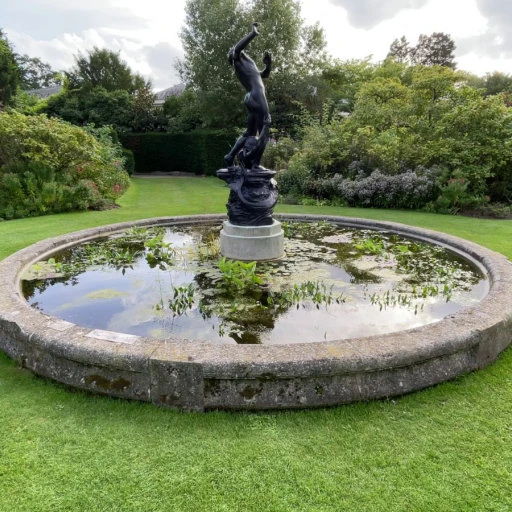Gaussian Splatting: Revolutionary New Tech for 3D Scanning

In the ever-evolving world of computer graphics, a new technology is making waves: Gaussian splatting. This innovative approach to 3D rendering is revolutionizing how we create and interact with digital environments. Let’s dive into what Gaussian splatting is, how it works, and why it’s causing such excitement in the tech world.
What is Gaussian Splatting?
Sounds weird and maybe even kinda icky right? Well, it’s actually pretty amazing and if you’ve got a super big brain you can make sense of equations that make it possible, like this one:

But if you can’t, don’t sweat it… you’re not alone.
Basically, gaussian splatting creates a low-fidelity pointcloud scan of an object or environment and then “fills in the gaps” creating beautiful results with very fast performance.
A little more in-depth, It’s is a cutting-edge technique for creating highly detailed, photorealistic 3D scenes. Unlike traditional methods that rely on polygons or voxels, Gaussian splatting uses a point cloud representation where each point is treated as a 3D Gaussian function. These Gaussians, or “splats,” are then projected onto a 2D plane to create the final image.
The magic of this technique lies in its ability to render complex scenes in real-time while maintaining impressive visual fidelity. This is a game-changer for applications ranging from virtual reality to urban planning.
Why Gaussian Splatting Matters
- Real-time rendering: One of the most significant advantages of Gaussian splatting is its speed. It can render complex scenes in real-time, making it ideal for interactive applications like video games and VR experiences.
- High-quality visuals: The technique produces stunningly lifelike visualizations, often surpassing traditional rendering methods in terms of visual quality.
- Efficiency: By focusing on occupied spaces and ignoring empty ones, Gaussian splatting is more efficient than some other 3D rendering techniques.
- Versatility: It can handle a wide range of visual effects and supports various applications, from e-commerce to digital twin technologies.

The PolyCam App Creates Gaussian Splats With a Phone
One exciting development in the world of Gaussian splatting is its integration with mobile technology. PolyCam, a cutting-edge 3D capture app, is leveraging this technology to allow users to create impressive 3D models using just their phone or drone footage.
Here’s how it works:
1. Capture: Using your smartphone or drone, you take multiple photos or videos of an object or scene from different angles.
2. Processing: PolyCam’s advanced algorithms process this footage, using Gaussian splatting techniques to create a detailed 3D point cloud.
3. Rendering: The app then renders this point cloud in real-time, allowing you to explore your 3D creation on your device.
4. Export: You can export your 3D model for use in other applications or share it with others.
This democratization of 3D capture and rendering technology opens up a world of possibilities. Architects can quickly create 3D models of existing buildings, real estate agents can offer virtual property tours, and everyday users can preserve memories in 3D.
Challenges and Future Developments
While Gaussian splatting is incredibly promising, it’s not without challenges. The technique can be memory-intensive, and the resulting files can be quite large. Researchers are actively working on optimizing the process, focusing on areas like efficient representation, selective densification, and Gaussian pruning to handle large-scale scenes with complex geometry.
Also, Polycam is cloud based and can take a good while to render.
As the technology continues to evolve
we can expect to see even more impressive applications. From more immersive gaming experiences to advanced urban planning tools, Gaussian splatting is set to transform how we interact with digital 3D environments.
In conclusion, Gaussian splatting represents a significant leap forward in 3D rendering technology. Its ability to create high-quality, real-time renderings, coupled with its increasing accessibility through tools like PolyCam, makes it a technology to watch in the coming years. As developers and researchers continue to refine and expand its capabilities, we can look forward to a future where creating and interacting with photorealistic 3D environments is as simple as taking a photo with your phone.
The Ghost Agency is not affiliated with or sponsored by Polycam in any way. We’re just fans.

